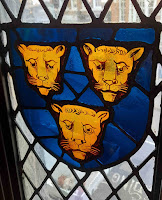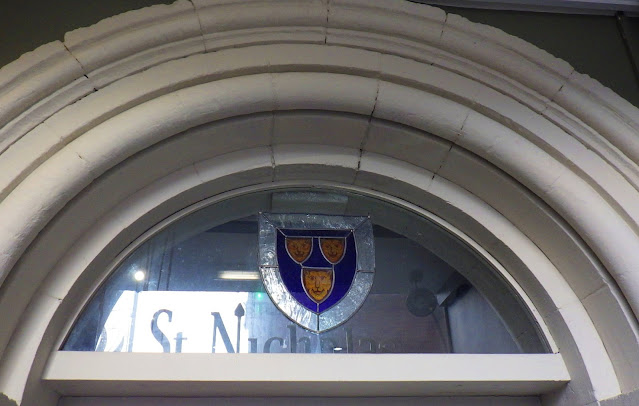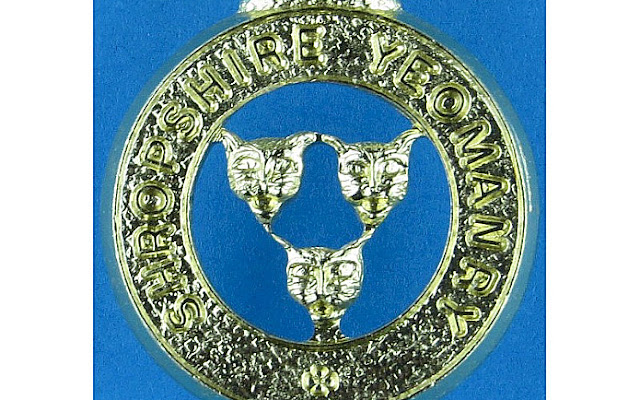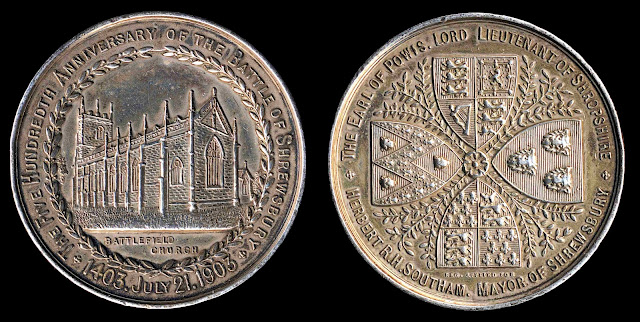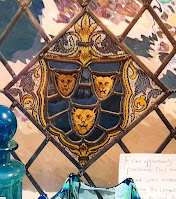This post is a bit of a long-shot, but if anyone has any more information, I'd be glad of it.This is the Leopard tomb at Haughmond Abbey, a medieval ruin near Shrewsbury. (It's in a lovely spot, still has interesting carvings, and it's free entry, so it's well worth a visit).
The tomb is so-called because it features what experts believe to be the figure of a leopard. You can't see the leopard in this photo because it chipped off, and is now in the site exhibition.
If you look at the illustration, right, it shows how the leopard fitted into the tomb.What's interesting is that, while lions were a well-known motif in heraldry, leopards and tigers much less so, especially in England. So, what would be wonderful to know is whose tomb this is; currently, nobody is sure.
If that information is out there, it might establish yet another connection between Shrewsbury and leopards.
So - if you have a thought, let us hear it!
+
To comment on this post, just use the Comments field down this page or email us direct.
To get an email alert into your inbox every time we make a new post (about once a week), just click 'Subscribe & Follow' (at the top of the column to the right on this page) and just fill in the form





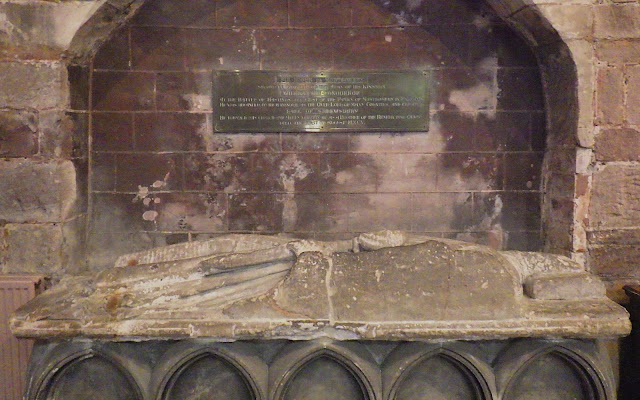





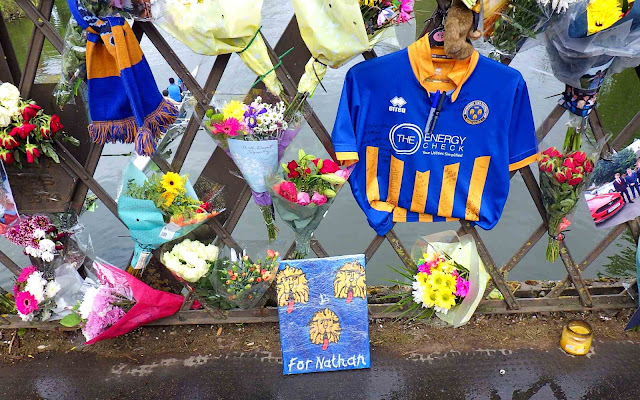
.jpg)

